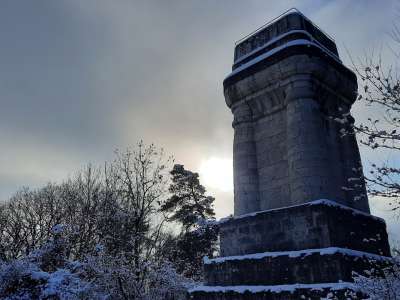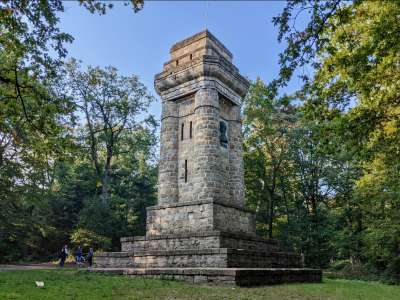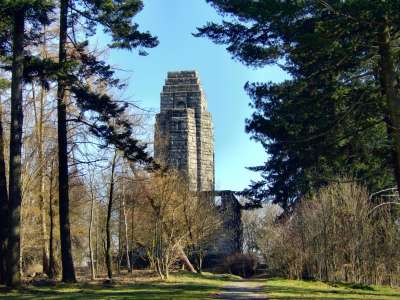Bismarck Towers, scattered throughout Germany, stand as enduring monuments to the statesman Otto von Bismarck, a key figure in German unification during the 19th century. These towers were erected in the late 19th and early 20th centuries to commemorate Bismarck’s contributions to the formation of the German Empire in 1871. The construction of these towers was a grassroots initiative driven by local communities, each tower serving as a symbol of national unity and a tribute to Bismarck’s role in shaping the modern German state.
Typically characterized by their distinctive design, Bismarck Towers are often tall, slender structures with a conical or pyramid-shaped roof. Many of these towers feature a central column or pedestal adorned with plaques, inscriptions, and sculptures depicting scenes from Bismarck’s life and political achievements. These monuments are strategically placed in scenic locations, providing panoramic views of the surrounding landscapes, and are often situated on hilltops or elevated locations, symbolizing the prominence of Bismarck’s legacy in the national consciousness.
While some Bismarck Towers have faced challenges over the years, such as neglect or destruction during wartime, many have been meticulously preserved and continue to attract visitors interested in Germany’s history. Today, these towers serve not only as historical landmarks but also as reminders of a pivotal era in German history and the enduring influence of Otto von Bismarck on the nation’s identity.










